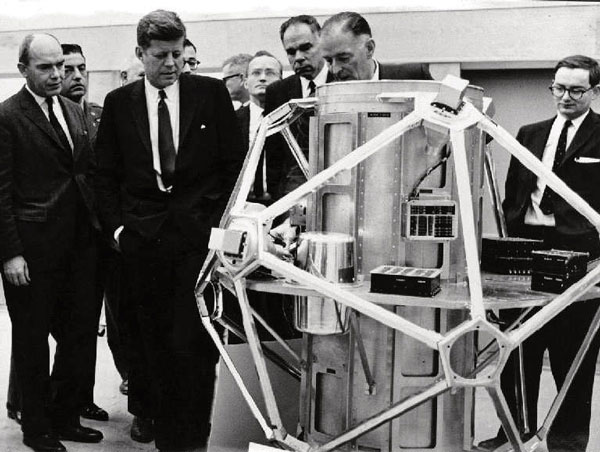Sandia and the science of space-based nuclear detonation detection have been intertwined for more than 50 years, starting with the 1963 launch of the first of 12 U.S. Vela satellites.
Sandia helped develop the Vela satellites to detect gamma rays, neutrons and X-rays that are the signature of nuclear tests. Later satellites included Earth-looking optical sensors to record intense flashes of light from nuclear bursts in the atmosphere. The program presented new technical challenges: how to create a hands-off sensor system for space, shrinking rooms full of equipment to a few hundred pounds and have it all survive harsh environments.

Vela satellites were developed to detect space or atmospheric nuclear testing and verify compliance with the Limited Test Ban Treaty of 1963 and subsequently the Threshold Test Ban Treaty of 1974. They were launched in pairs, marking the start of the U.S. Nuclear Detonation Detection System (USNDS), which supports treaty monitoring.
Sandia worked closely with Los Alamos National Laboratory (LANL) on the Vela program, jointly sponsored by the Atomic Energy Commission and Department of Defense’s Advanced Research Projects Agency. Initially, LANL developed Vela sensors and Sandia handled data processing tasks. As the program matured and decisions were made to add to the satellite’s capabilities, Sandia took on a larger role in sensor design, particularly the optical sensors.
Vela satellites continued to transmit telemetry data until 1984. Their development led to myriad contributions to subsequent USNDS payloads on Defense Support Program satellites and Global Positioning System (GPS) satellites.